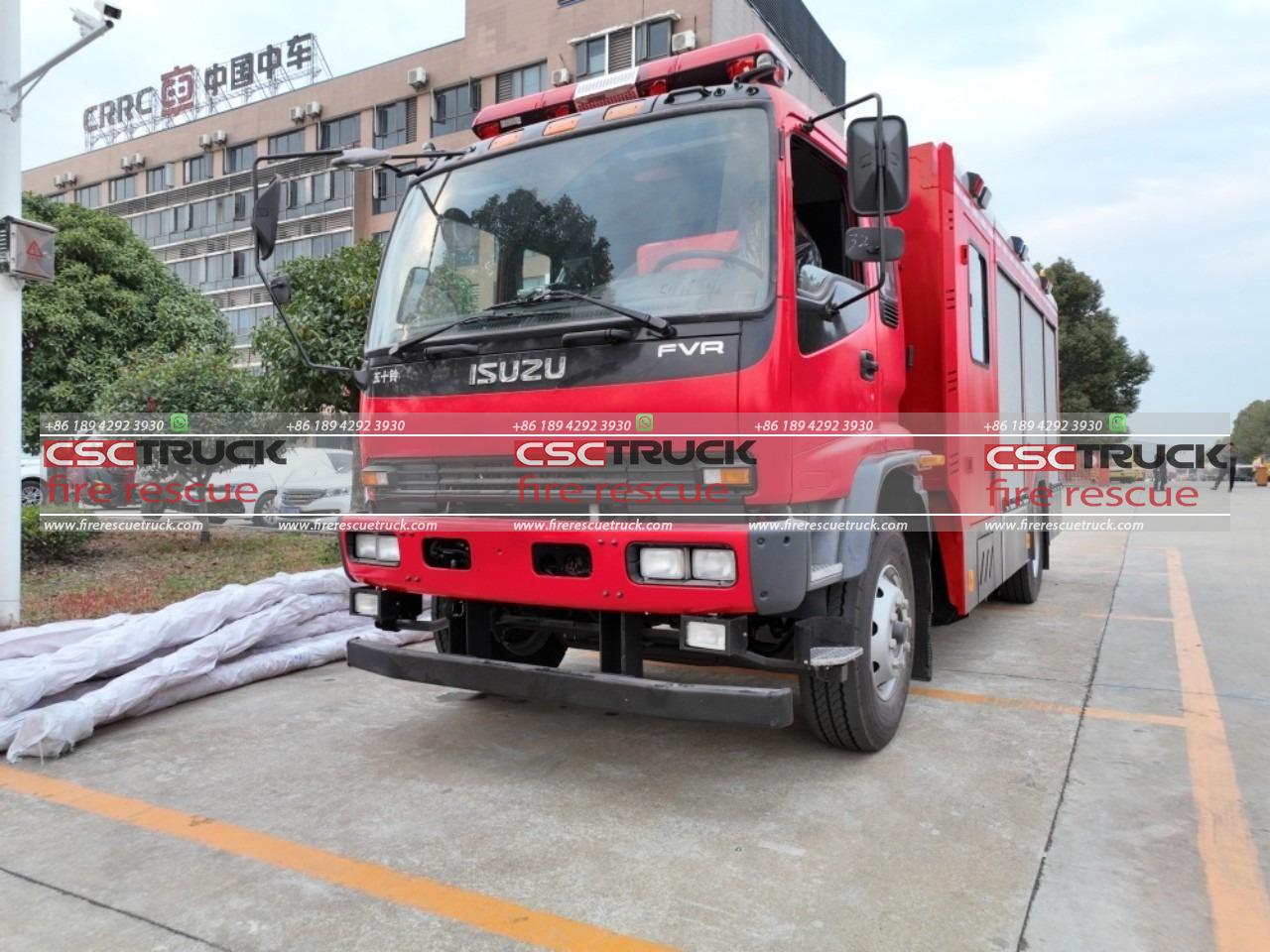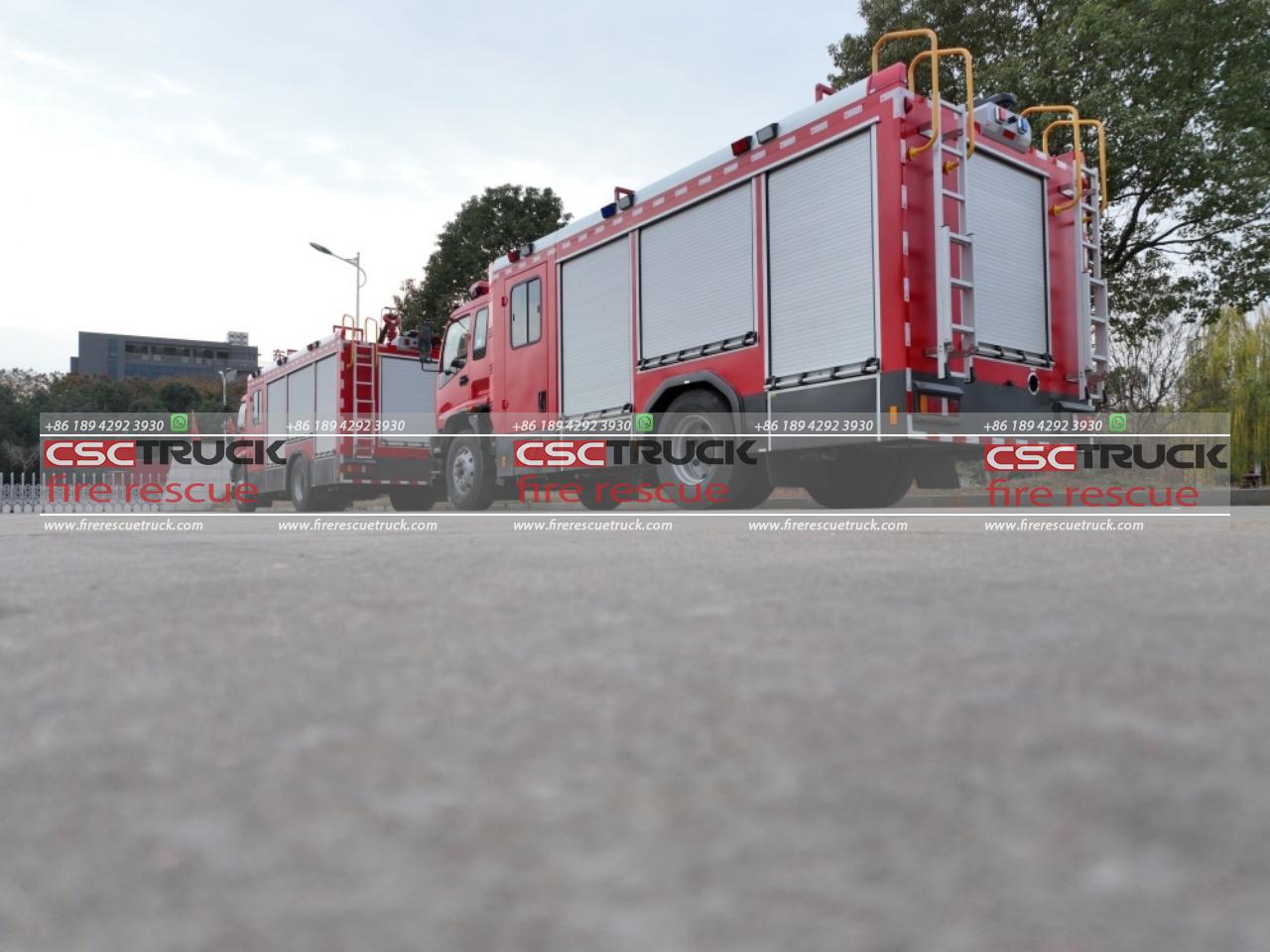Fire is a formidable force that, if left unchecked, can cause immense destruction to life and property. Whether it’s a small flame in a kitchen or a raging inferno in an industrial setting, the ability to recognize and respond to different classes of fire is paramount for effective firefighting and ensuring the safety of individuals. In this comprehensive guide, we will delve into the different classes of fire, their characteristics, and the appropriate methods for extinguishing them.
Class A Fires: Combustibles
Class A fires involve common combustible materials such as wood, paper, cloth, rubber, and some plastics. These fires typically leave behind ash when burned and are characterized by glowing embers.
**Causes**: Class A fires can be ignited by sources such as lit cigarettes, sparks from electrical equipment, or open flames.
**Extinguishing Methods**: Water is the most effective extinguishing agent for Class A fires, as it cools the burning material and deprives it of oxygen. Other methods include foam and dry chemical extinguishers, which smother the fire and interrupt the chemical reaction.
Class B Fires: Flammable Liquids and Gases
Class B fires involve flammable liquids and gases such as gasoline, oil, grease, propane, and solvents. These fires can spread rapidly and are often characterized by a visible flame.
**Causes**: Class B fires can be caused by leaks from fuel tanks, ruptured gas lines, or improper storage of flammable liquids.
**Extinguishing Methods**: Foam, carbon dioxide (CO2), and dry chemical extinguishers are effective for Class B fires. These agents blanket the fire, starving it of oxygen and preventing reignition.
Class C Fires: Electrical Equipment
Class C fires involve energized electrical equipment such as appliances, wiring, fuse boxes, and circuit breakers. These fires pose a unique challenge as they can reignite even after apparent extinguishment.
**Causes**: Overloaded circuits, short circuits, and faulty electrical appliances can all lead to Class C fires.
**Extinguishing Methods**: Carbon dioxide (CO2) and dry chemical extinguishers are recommended for Class C fires as they do not conduct electricity. However, it’s crucial to de-energize the electrical source before attempting to extinguish the fire to prevent electrocution.
Class D Fires: Combustible Metals
Class D fires involve combustible metals such as magnesium, titanium, sodium, and potassium. These fires are rare but extremely hazardous due to the high temperatures generated and the potential for violent reactions with water.
**Causes**: Class D fires can occur in industrial settings where metal shavings or powders come into contact with air or moisture.
**Extinguishing Methods**: Specialized dry powder extinguishing agents, such as sodium chloride or copper powder, are used to smother Class D fires. Water and other traditional extinguishing agents can exacerbate the situation by causing explosions or spreading the fire.
Class K Fires: Cooking Oils and Fats
Class K fires involve cooking oils and fats commonly found in commercial kitchens. These fires can quickly escalate due to the high temperatures involved and the potential for grease to spread.
**Causes**: Class K fires often result from overheated cooking oil, unattended cooking equipment, or flammable materials left too close to heat sources.
**Extinguishing Methods**: Wet chemical extinguishers specifically designed for Class K fires are the most effective solution. These agents form a soapy layer on the surface of the oil, cooling it and preventing reignition.
Choosing the Right Extinguisher
Selecting the appropriate fire extinguisher for the type of fire is crucial for effective suppression. Understanding the different classes of fire and matching them with the corresponding extinguishing agents can significantly enhance safety measures. It’s essential to have the right extinguisher readily available in various locations, such as homes, workplaces, and public buildings, and to ensure that personnel receive adequate training in their use.
Fire Safety Tips
Prevention is always the best approach when it comes to fire safety. Here are some essential tips to minimize the risk of fires:
1. Regular Maintenance: Inspect electrical systems, heating appliances, and cooking equipment regularly to identify and address potential hazards.
2. Proper Storage: Store flammable materials and liquids in designated areas away from potential ignition sources.
3. Safe Handling: Exercise caution when working with flammable materials, and follow proper procedures for storage, handling, and disposal.
4. Smoke Alarms: Install smoke alarms on every level of your home or building and test them regularly to ensure they are functioning correctly.
5. Emergency Preparedness: Develop and practice a fire escape plan with all occupants, including designated meeting points outside the building.
6. Training and Education: Provide fire safety training to individuals at home, in the workplace, and educational institutions to raise awareness and promote effective response measures.
Conclusion
Understanding the different classes of fire and their respective characteristics is essential for effective fire prevention and suppression. By familiarizing ourselves with the causes of fires and the appropriate extinguishing methods, we can mitigate risks, protect lives, and minimize property damage. Prioritizing fire safety through prevention, preparedness, and education is key to building resilient communities and ensuring a safer environment for all.









